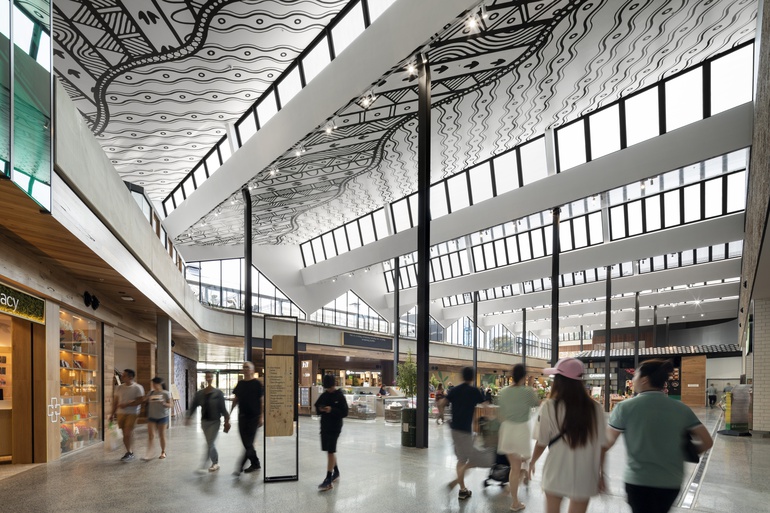Seeds of inspiration: cost and carbon savings coexist at Burwood Brickworks
19 May 2020
Stephen Choi’s vision for Burwood Brickworks was more than a “green building” that included a vertical garden and maybe some indoor plants. He envisioned a precinct that would leave the world better than it was before, that didn’t pollute because every waste was a resource, while energy consumed would come from renewable sources.
Meeting the Living Building Challenge® and Green Star requirements meant the project would enrich the environment and the surrounding community for years to come, but how can a unique, first-of-its-kind project like Burwood Brickworks be financially viable for the long term?
Stephen collaborated with Frasers Property Australia’s retail team to explore if it was feasible to make the vision a reality. Jack Davis, Senior Development Manager, explains there was one immediate way of offsetting upfront costs that has benefited all involved.
“All of our retailers participate in a thermal and electrical embedded network. That means we can both draw from the grid and generate electricity via rooftop solar and offsite renewables and share it across all users.
“By producing energy, dividing it up and selling it directly to the centre’s tenants, occupants not only receive it at competitive rates otherwise supplied by a third party energy retailer, but it means the energy used is cleaner for everyone in the centre too,” said Jack.
Unless granted specific approval, tenants must use electricity instead of gas and with very few exceptions, all tenancies feature closed case refrigeration. Diverting shopping centre waste from landfill is also a priority; single-use food packaging is prohibited, and waste streams must be separated manually, with some tenancies required to maintain over 12 streams.

Distinctive features - including an urban farm, smell and soundscapes, and the use of salvaged materials - draw visitors in and set a high benchmark for shopping experiences. Centre employees haven’t been forgotten, with all tenancies required to tweak their fitouts and floor designs to ensure a connection to nature for staff too.
When a green project makes good business sense, it’s only a matter of time before its features filter through to subsequent developments and Stephen says this is already happening, “You may see more experiential touchpoints, like smellscapes and soundscapes, in other shopping centres from this point onwards. I think we’ve probably opened the door to urban agriculture in a way that’s never happened before, which is really good.
“I think Frasers Property will be using embedded networks almost exclusively on all developments in Australia; it makes sense financially but also gives us control over carbon emissions which is something we need to be able to do,” said Stephen.
As Burwood Brickworks grows into its space and proves its worth along the way, it becomes part of a larger eco-system and gives us a window into how we can do things differently, “If anything could happen on future projects, it would be that complete reframing of what we do - build a building and don’t make it contribute to the problems that we have globally,” said Stephen.
It’s increasingly evident that when projects prioritise health and the environment, they deliver significant dividends for the long term. The social and environmental gains of this project are immeasurable and offer seeds of inspiration as we look for ways to aid economic recovery and ultimately build back better.
You can read the first article in our two-piece series about Burwood Brickworks here. Follow us on Instagram to see more images of this unique project.
Stephen Choi is a guest speaker at the upcoming Green Building Day on 16 June. Stephen is Project Architect and global Living Building Challenge® expert whose work has included the development of environmental assessment methods, designing and managing buildings and, embedding sustainable development into educational curriculum.

Images: Dianne Snape